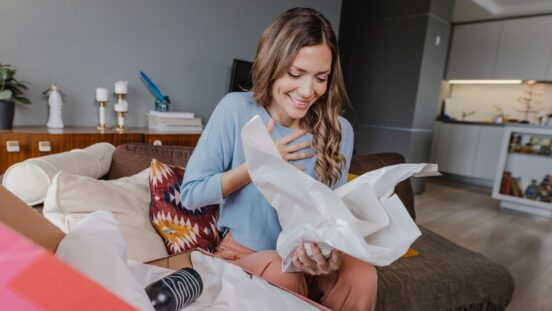Toilet training: The step-by-step guide to nailing it
All children learn at different speeds, and toilet training is no different.
Toilet training takes patience and time. Your toddler also needs to be ready.
New Zealand’s Prime Minister, Jacinda Ardern shared that she used the lockdown in her country to toilet train her toddler, Neve. Other parents opt for holidays from work or preschool, or during the summer when your little one needs less clothes – which makes it easier for both of you!
To switch successfully from nappies to underpants, your child needs to learn a range of new skills.
From recognising the early signs of needing to wee and making it to the potty on time, to being able to pull their pants down and sit still for more than a few seconds.
All children learn at different speeds, and toilet training is no different.
Try not to put pressure on yourself and your child to have toilet training completed by a certain age.
Signs your child may be ready to toilet train
Your tot might be ready to ditch the nappes if they are:
- curious about what you’re doing on the toilet
- want to flush
- recognise when they have wet or soiled their nappies and/or feel uncomfortable when that does happen.
Follow these steps to successful toilet training…

Toilet training involves your child learning a whole new set of skills.
Involve your child in toilet training
At the beginning of the toilet training process, let your child help get prepared by letting them pick out a potty or toilet training seat and some new underwear with their favourites colours or characters on them.
There is a wide range of nappy pull-up pants available today and choosing a character that your child loves can help smooth the transition from nappies through to underwear. For example, Rascal + Friends has teamed up with hugely popular CoComelon for its new training pants that feature JJ and friends.
When it’s time to start, remember to ask your little one to tell you when they need to use the toilet and ask regularly if they need to go.
Dress your child in loose comfortable clothing – for this reason, summer is a great time to start.
Accidents are bound to happen but don’t make a fuss. If you child doesn’t make it to the loo on time, say “Never mind, accidents happen, let’s clean this up”.
Go slowly
Parenting expert Dr Justin Coulson says toilet training can take some time to get the hang of, so take it slowly and remember not to stress over it.
“If you try to toilet train your child and they have major issues and distress, or you simply don’t have the capacity to deal with the actual training process, take a break,” he says.
“Give it a few months and come back to it. It’s easier to shrug it off, accept it, and minimise the issue. Then, when you start again in eight weeks, your child will less likely be resistant.”
Be prepared when going out
When you’re heading out, pack a few essentials like a change of clothes, a couple of pairs of pants and socks, wipes and tissues, and a towel or absorbent change mats for her car seat. If there’s a chance your child will fall asleep on the return journey, it’s a good idea to take a pair nappy pants too, to minimise mess.
Try a reward system
Sticker charts are great or you could plan a special outing for when you’ve finished toilet training. But don’t put too much pressure on your child as this may have an adverse effect. Another option is to have a set of books that only come out at toilet time, to encourage your child to sit a little longer.
Day and night toilet training are different
“It may be many months or even years after daytime training is finalised before nights are dry,” explains Justin.
“This is normal, and children should not be made to feel guilty or concerned about it as night-time training is related to hormones and urine production.”
Stay positive
Praise your child’s efforts and stay positive. There might be times when your child seems like they are regressing but they will be back on track in no time.




